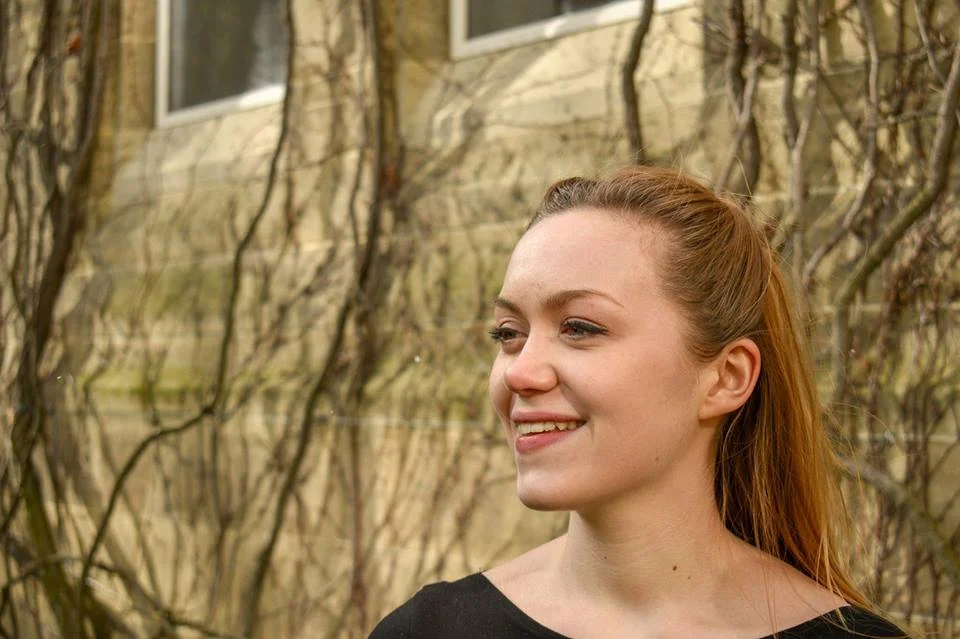I’ve always named my instruments. Nearly every single one of them over the years has had a name of some sort, and often an attached identity. The names started out as strictly alliterative; my first flute, a beginner Yamaha model bought for me when I was 7, was called ‘Fernando’, my later more advanced one dubbed ‘Francis’. Every single one of my county music-service loaned bassoons got a name; Bob, Beatrice, Brian, only breaking the pattern when I first owned a bassoon of my own and named him ‘Ivan’. This practice seemed so natural to me that I never thought to question it until I asked a friend at youth orchestra one evening what he’d named his new clarinet. Rather than getting an answer, I was met with a look of bizarre incredulity. I realised what felt like a completely natural thing for me to do, was completely alien to many others.
Ever since someone first told me about how (allegedly) Shostakovich described the bassoon as the ‘instrument closest to the human voice’, I’ve been fascinated as to how and why musicians personify instruments and attach human-like characteristics to them; whether that relates to their aural qualities and how they can be used musically, or how they relate to their own instruments on a personal level. In the final year of my Master’s degree I undertook a critical project focussed on the personal relationship between musicians and their instruments. The project’s original title was:
Character Assignation:
Examining the interpersonal
relationship between musicians and
their instruments, and how the
instrument may exist as an alter-ego.
By studying the relationship culture of musician to instrument amongst high-level woodwind players, how and why do some musicians assign human qualities to their instruments, and how can this personification of an inanimate object affect the performing life of the musician?
In order to explore this idea I conducted my own research into aspects of organology (the study of musical instruments), gender studies, performance practice, sociology and object theory and philosophy. I also undertook my own original research and interviewed 17 wind players, all later-year/masters level students at music conservatoires. I asked them about their relationships to their instruments, with the aim of investigating aspects of gendering of instruments, anthropomorphising instruments, and how any personal connection to the instrument affects their performance.
When approaching my interviewees, I described the project they’d be contributing to as this:
“The purpose of this project is to investigate the relationship between musicians and their instruments amongst woodwind players. The aim is to investigate how and why some musicians attach human qualities to their instrument, how this reflects the surrounding cultural climate (i.e their social surroundings the player and instrument exist in) and how personifying an object can affect the performing life of the musician.”
While I loved delving into some proper, hardcore literary research again – especially into subjects I’d never previously known much about, such as areas of ethnomusicology and concepts like Object Oriented Ontology – I found interviewing fellow musicians to be the most fascinating and fun aspect of the whole process. Even musicians who were worried their contributions wouldn’t help my study, as they didn’t name or gender their instruments, had complex and intricate thoughts about their instruments, their performing lives and how this affected their wider music making. I enjoyed it so much that even after my written project was complete, I still wanted to keep talking to people about their bond to their instruments (or lack of it) and even follow up with some of my previous interviewees’ to probe their avenues of thought further.
So, ‘Personify’ came to be born. Using my original (more academic) questions as a starting point, I’ll be talking to musicians about their instruments; its history, its perceived characteristics, their performing history with it, and anywhere else the conversation takes us.
So – who names their instruments?

